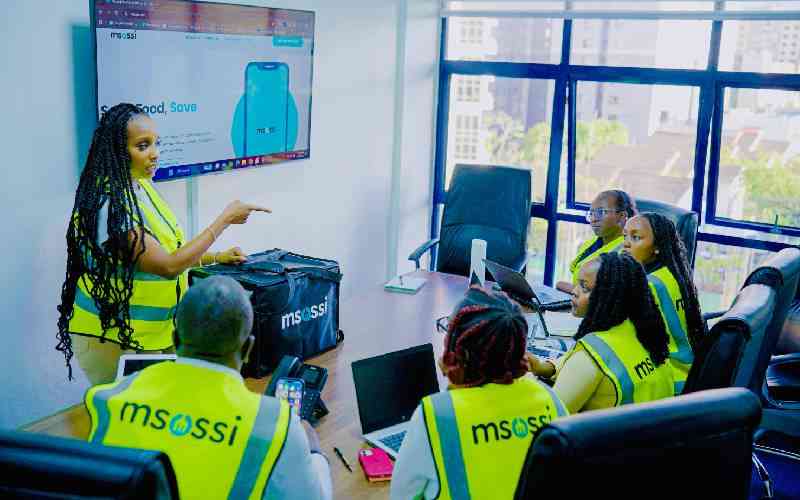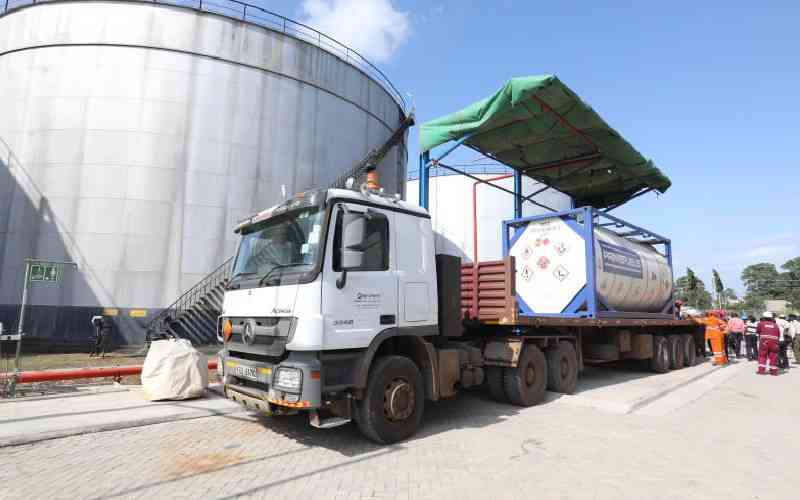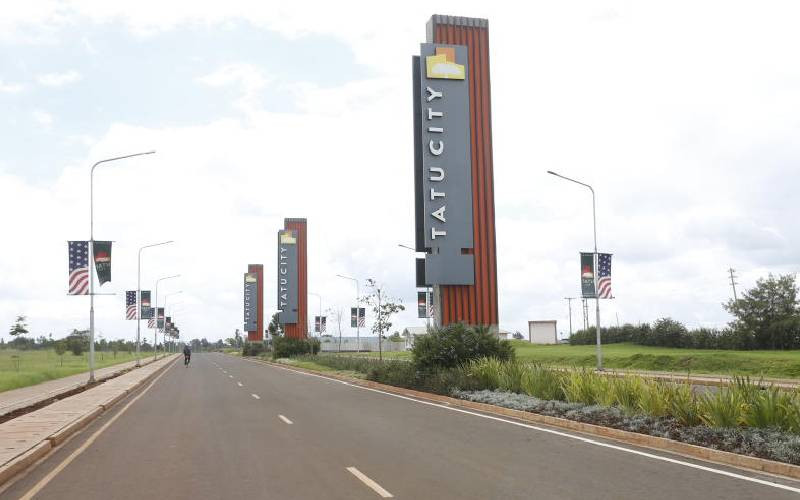×
The Standard e-Paper
Stay Informed, Even Offline

In a world of complex and interconnected challenges, the private sector's role in advancing sustainable development has never been more pivotal.
Companies today have a unique opportunity nay, a responsibility, to leverage technology effectively and accelerate progress towards the 17 interlinked Sustainable Development Goals (SDGs) to address development concerns for people and the planet.






